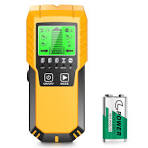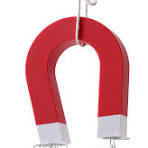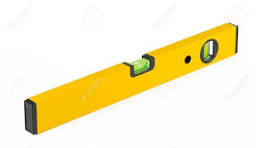Methodology
Stud finders, those handy devices that promise to reveal the hidden secrets of a wall, are often the go-to tool for many handymen and tradies. However, the reliability of these devices can sometimes be questionable, leading to inaccurate readings and potential frustration. If you find yourself in such a predicament, fear not! There are several alternative, cost-effective methods to pinpoint these elusive timber studs. I’ve personally used stud finders, but I’ve found that their accuracy can be inconsistent. That’s why I’ve honed my own set of techniques to ensure precision every time.

While I rarely resort to using stud finders, given the prevalence of double brick construction in Perth homes, there have been instances where I’ve had to navigate the labyrinth of internal stud walls in older homes.
The Magnetic Approach
Imagine a simple yet powerful tool that can reveal the hidden screws within a wall. All you need is a strong magnet and a piece of string. Attach the magnet to the string, and dangle the magnet over the wall. As the magnet is drawn towards any hidden screws, you’ll notice a slight pull. This is your cue to mark the location and drill a small hole to confirm. The magic of this method lies in its simplicity and effectiveness.

The Torch Technique
Another ingenious method involves the use of a torch. By shining a torch at close quarters to the wall, you can detect the slight depressions left by screws. This technique is particularly effective when the wall is painted with a darker shade. The contrast between the dark paint and the lighter depressions makes it easier to spot the screws.
The Spirit Level Trick
A spirit level, a tool often used in carpentry and construction, can also be employed to locate any raised areas of gyproc where sheets have been joined. By placing the spirit level on the wall and observing its bubble, you can identify the studs. The bubble will either be centered or off-center, indicating the presence of a stud.

For Direct Fixing to Plasterboard
If your task involves direct fixing to plasterboard, I highly recommend using toggle bolts. These bolts are the superior choice for heavier loads and offer a secure hold. While there are specific plugs designed for plasterboard that screw in, their stability is questionable. Toggle bolts, on the other hand, provide a more robust and reliable solution.

Conclusion
In conclusion, locating timber studs in gyproc walls doesn’t have to be a daunting task. With the right tools and techniques, you can navigate these walls with confidence. So, whether you’re a seasoned DIY enthusiast or a beginner, equip yourself with these methods and embark on your next project with assurance.